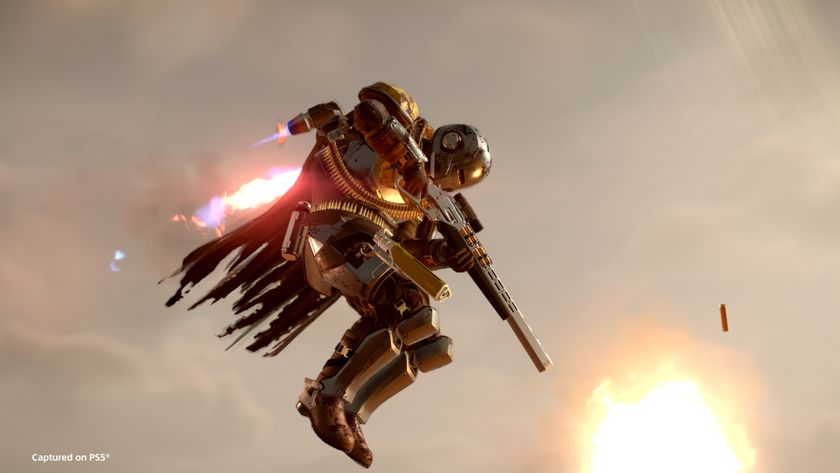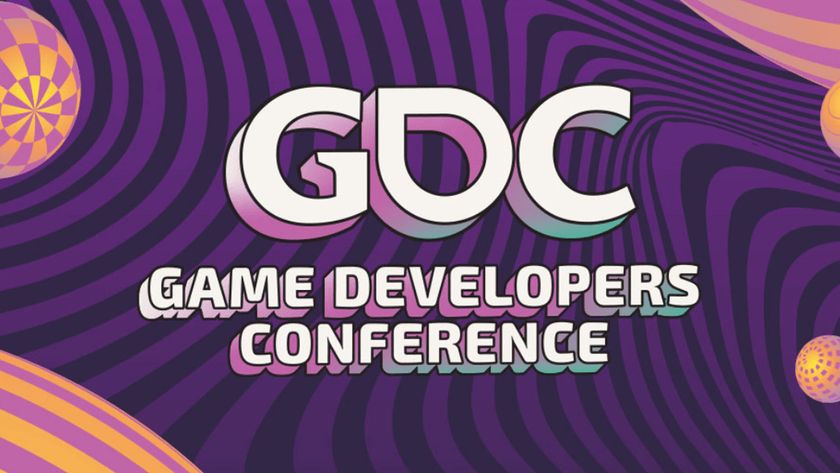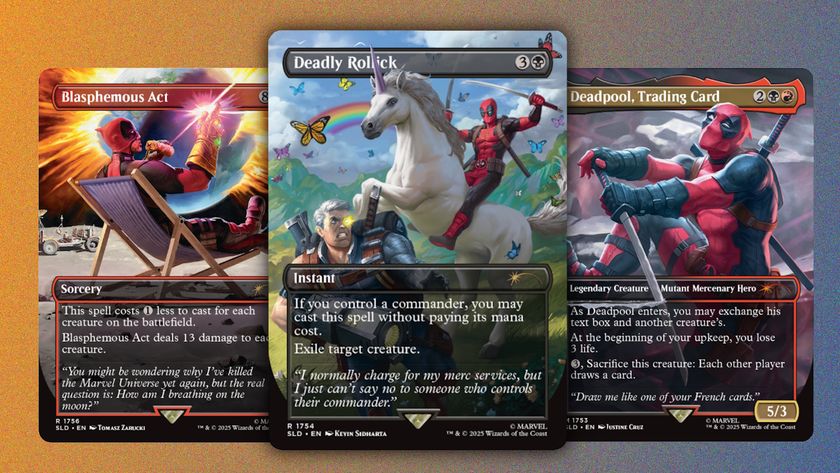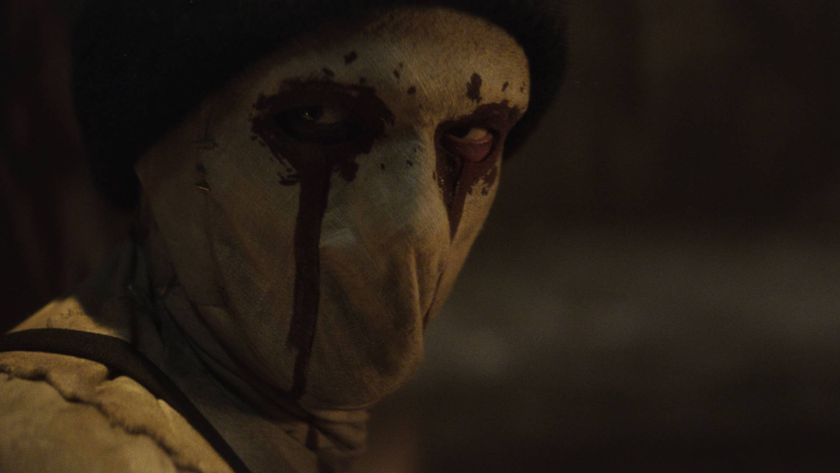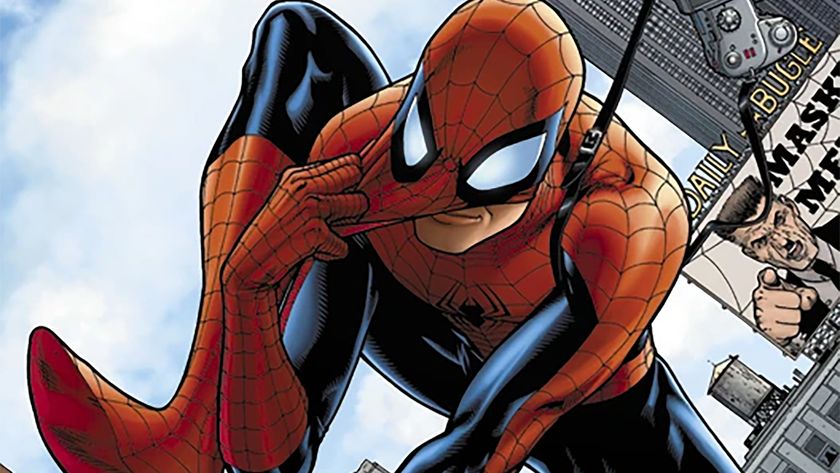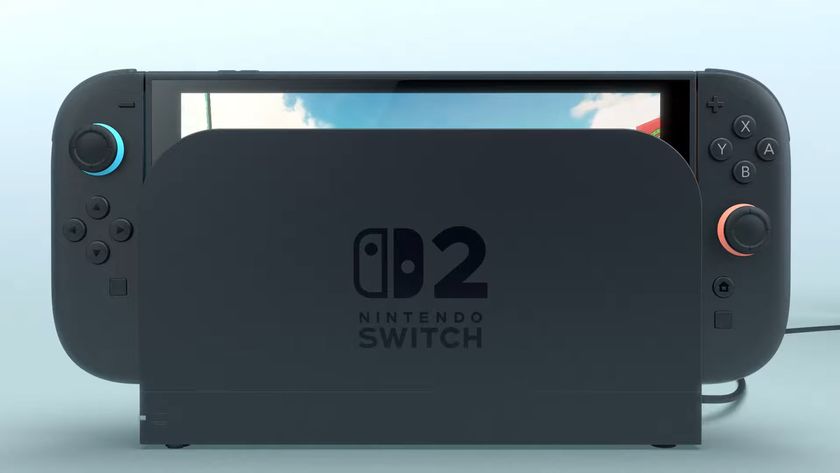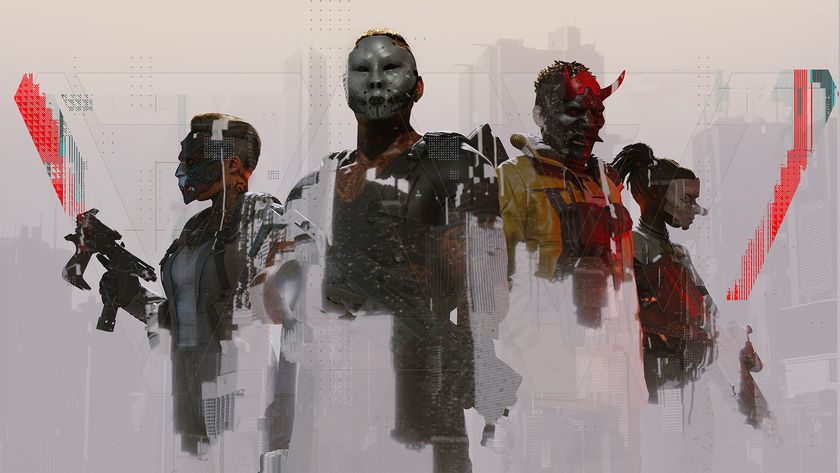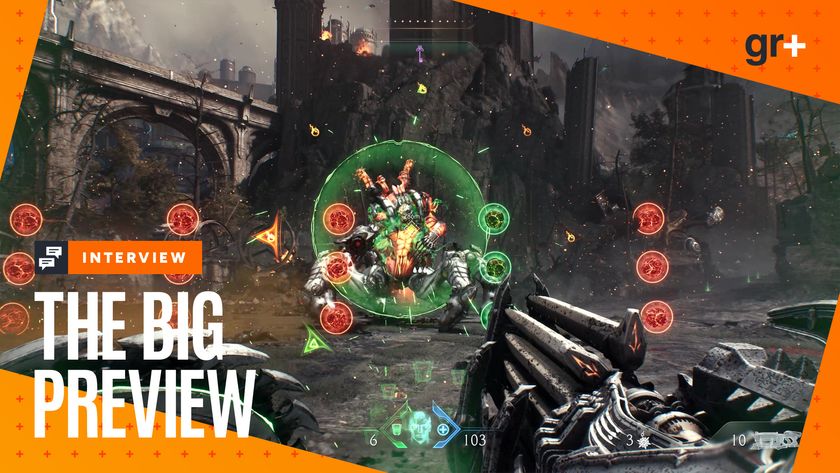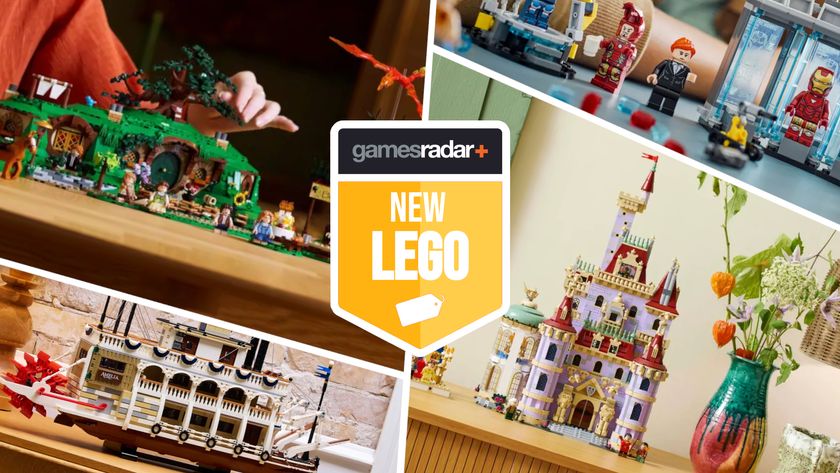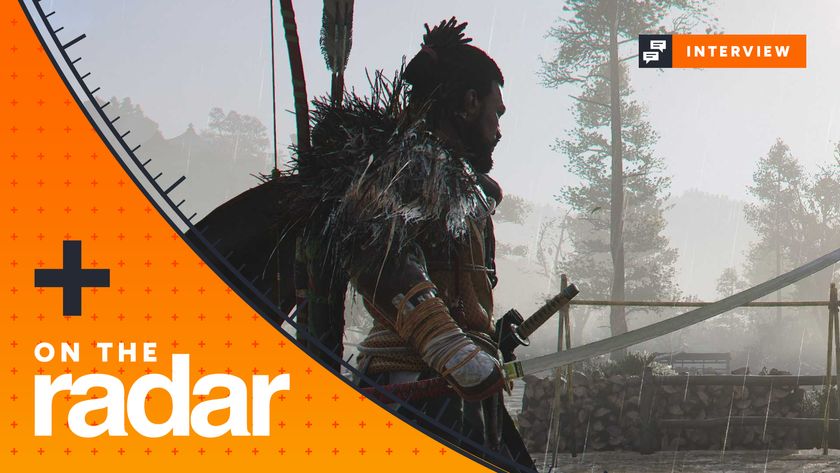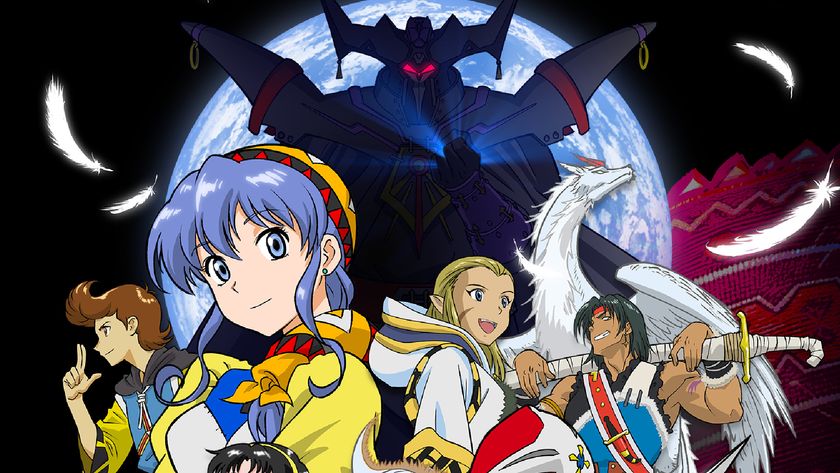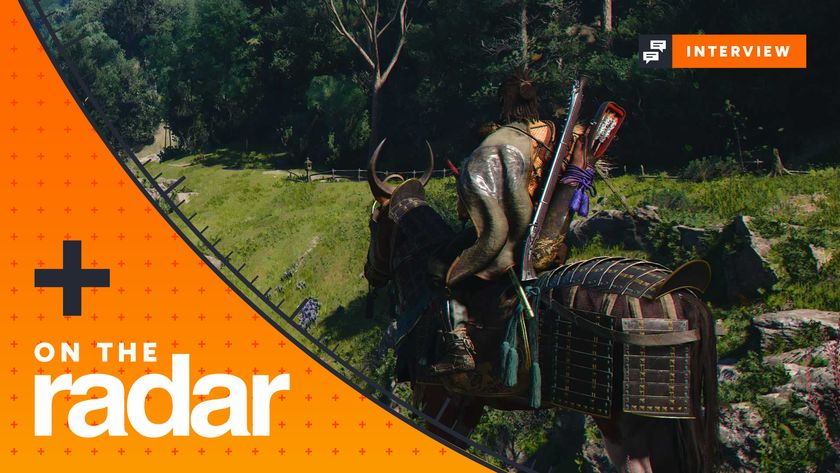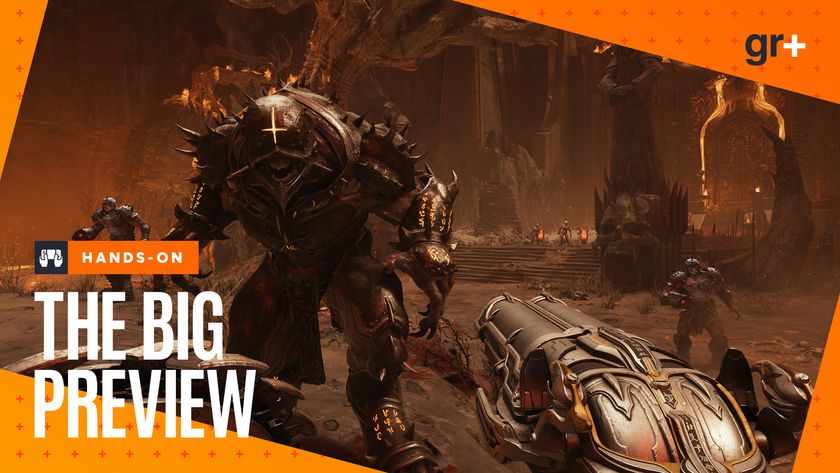The world of CG-animated ‘90s kids show Reboot is coming back online with 26 new episodes and a new cast of characters. When I heard the news, I was ecstatic. So much so that I decided to watch an episode ASAP, preferably wearing my Sonic pajamas and eating a bowl of Fruity Pebbles to really sell that Saturday morning feel (despite it being a Tuesday afternoon at the time).
Let me say: Yikes. Bob and friends have not aged well. I quickly realized that, unlike 2D, hand-drawn animations such as Looney Tunes or a Disney film, wholly-CG creations are defined, if not trapped, by the era in which they are made. We can still watch Bugs Bunny cartoons more than half a century old with smiles on our faces, but it’s downright painful to watch shows like Reboot, Beast Wars, and yes, even War Planets: Shadow Raiders. And so, they have been forgotten.
I don’t blame people for leaving these pieces of pop culture behind. The flat textures, sparse landscapes and unnatural lighting are no longer awe-inspiring marvels. It’s not the show’s fault, of course. We’ve simply become accustomed to higher fidelity visuals; Geralt’s beard in The Witcher 3: Wild Hunt probably has more detail alone than an entire episode of any of the above programs.
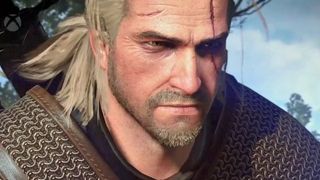
Not one to let petty things like “pessimism” and “realistic expectations” get the better of me, I wondered how this problem could be solved. Geralt’s beard made the answer obvious: take a lesson from video games!
Video game developers and publishers have been remaking and remastering games for a while now, giving us “special editions” of this, “HD remasters” of that, or sometimes even going the Metal Gear Solid: The Twin Snakes route and crafting a full-blown remake. Following in these footsteps, it’s only natural that we take modern graphics engines like Unity, Unreal and the FOX Engine and expand their usefulness to its logical conclusion: kids’ shows from the ‘90s.
It sounds silly, but the idea might not be as ridiculous as it seems. When shows such as Reboot or Beast Wars are created, they are saved as animation data. There are no physical sets, no hard copies of animation cels, nor miniatures to be assembled. What this means is that a talented team of artists could potentially convert old animation data to new engines, allowing these shows to play out much the same as a game’s in-engine cutscene, which is also saved as sets of data.
Of course, it would not be a simple copy-paste job; such a remaster would require new textures and models, as well as new rigging to keep movement from looking stiff. If the theoretical animation data also lacked information such as where the virtual camera was placed, shots would have to be reworked as well. Any interested parties would also surely want to update the audio, aspect ratio, and other features. But still, if there’s anyone suited to do the work, it’s the HD remaster-obsessed gaming industry.
Sign up to the 12DOVE Newsletter
Weekly digests, tales from the communities you love, and more
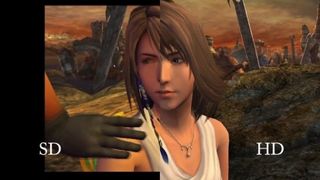
As to why someone would go through the trouble, there are several reasons. Obviously, with a new Reboot series on the horizon, it makes sense to allow fans to get themselves caught up with the original series. Nostalgia sells, a fact evidenced by new entries in the Jurassic Park, Mad Max and Terminator franchises cropping up in theaters this summer. But there are more altruistic reasons, too.
The original Reboot series introduced children the world over to the magic that can exist within a computer. In this series, an anthropomorphic program named Bob fought to “mend and defend” the city of Mainframe against creatures from the web, computer viruses, and even the computer users themselves. How many of us saw this show about Bob the Guardian and imagined what worlds our own computers held?
It’s basically Tron, but in an era where computers were far more accessible, giving it an extra ounce of relatability. Reboot instilled a sense of wonder and mystery about technology that society now takes for granted.
Kids today (yes, I do know what phrase I just typed - get off my lawn) don’t wonder about the little people fighting to save their homes every time they tap a gem in Bejeweled or swipe to avoid a pitfall in Temple Run, they just want the next level, the next item. Reboot made technology a magical mystery instead of a practical pragmatism, and made us curious to learn.
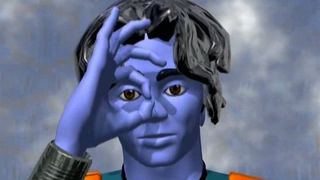
Beast Wars, a spin-off/sequel to Transformers where Autobots and Decepticons traded their vehicular disguises for animal forms (and new names), likewise sucked many a young child into the marketing web of Hasbro, but I’m going to argue it as a positive thing.
Sure, Beast Wars - like many TV shows aimed at kids - existed to sell toys, not function as compelling drama. Still, episodes like “Code of a Hero” and “Transmutate” dealt maturely with themes such as doubt, guilt, heroism, self-sacrifice, and even arguments over the right to life. Okay, there were also episodes where an anthropomorphic cheetah shot guns at a t-rex, but you wouldn’t want the whole show to be doom and gloom - even Game of Thrones has dragons and zombies pop up every once in awhile.
Beast Wars’ toys had their own value, though. Action figures based on the show served as a puzzle in spatial awareness, memory and logical thinking, growing our minds in new ways while we played. And look, I love amiibo, Disney Infinity characters and Skylanders, but they don’t challenge you in the same way that a robot arm on a ball joint does.
Oh, and War Planets: Shadow Raiders? Well, that show was just awesome. It’s got a planet that eats other planets!
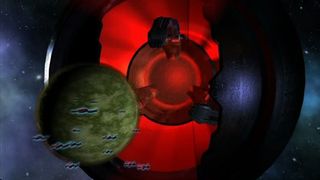
The lessons and value in these shows are timeless - it’s merely the visual component that has lost its luster. Computer-generated visuals age in a way that other styles don’t, to the point that they’re now off-putting, if not downright hideous, to our eyes. Yet these artifacts of pop culture need not fade away; they can be touched up and presented for a new generation, and all thanks to the power of, and lessons learned by, video games.
So let’s get to it and remaster Beast Wars in the Unreal Engine, give Reboot some Unity, and upgrade a War Planet with a FOX Engine, then distribute these via the consoles’ digital networks. They’ll run as if they were video game cutscenes, and grant a new audience the chance to experience the wonder of robot animals fighting, of programs defending their home, and of a giant planet devouring its diminutive rivals.
And of course, I don’t think anyone will mind if I download a copy of these for myself. You know. For historical reasons.
Sam is a former News Editor here at GamesRadar. His expert words have appeared on many of the web's well-known gaming sites, including Joystiq, Penny Arcade, Destructoid, and G4 Media, among others. Sam has a serious soft spot for MOBAs, MMOs, and emo music. Forever a farm boy, forever a '90s kid.

